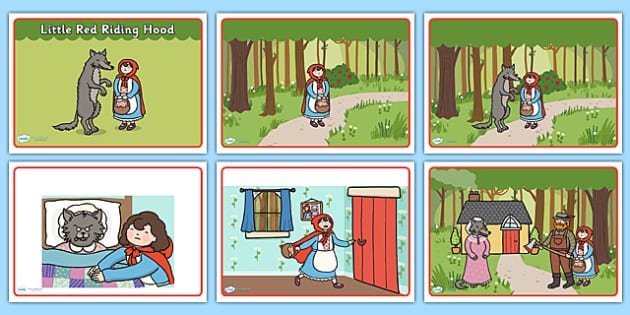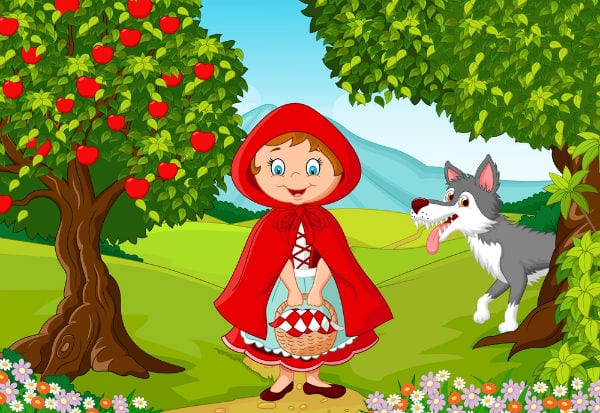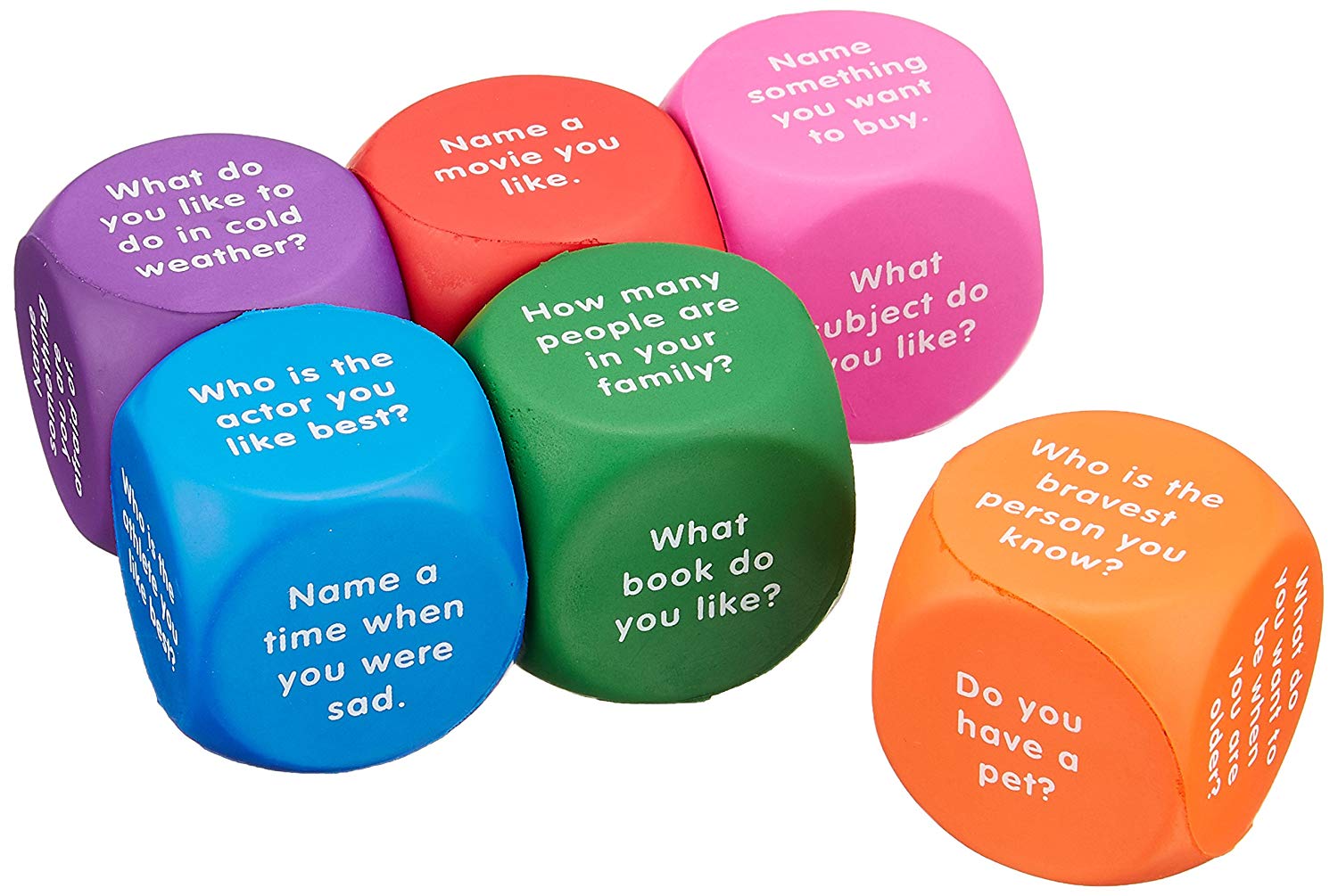Comprehensible input or input hypothesis is one of the main principles introduced in the theory of the second language acquisition by Stephen Krashen. Comprehensible input is when the listener understands the general idea of the message without knowing all words or grammar structures in it. Krashen states that it is only through comprehensible input that we can acquire the language. Comprehensible input doesn’t necessarily assume that the conveyed message includes words and expressions already known to the students. On the contrary, comprehensible input tries to combine new words and phrases with familiar ones to make input a bit complicated but understandable. In fact it provides enough known information for the learners to understand the message and acquire the language together with new linguistic data.
But how to make the input comprehensible for the learners? Here we offer several ideas of bringing comprehensible input into primary school.
Instruments to make input comprehensible
Gestures and mimes have always been one of the useful methods of making one’s speech more understandable. Children are usually visual learners. They remember and learn the words better and easier with the help of gestures. Hence while teaching kids use them alongside with your speech. Even if they do not know most of the words, they will understand the message conveyed through your gestures and mimes. In the following video the presenter provides some effective gestures to be applied in the ESL classroom.


Check the video to find out more ways to use pictures in ESL classroom to make the message understandable.
Have story time. It goes without saying that everybody loves stories, especially kids. Moreover, stories can be found to be the best comprehensible input sources, as they provide detailed information. Nevertheless, while picking up a story, you should be careful with your choice. Make sure that the story is linguistically appropriate, which means most of the words and expressions in it are known to your students. Otherwise, because of many new words your kids may get confused.
Another thing to bear in mind is that stories may also be culturally related. These kind of stories will not be only interesting and sometimes even funny for your kids, but also they will give them an opportunity to share and introduce their personal ideas on the topic, to speak about their own culture.
Listen and draw is a perfect activity to check the understanding of your kids. To implement this activity give a clear description of a picture to your students. Then ask them to draw it. This task can also be done in pairs. Here is an example of this activity.работала
- There is a tree on the left sight.
- There are some mountains behind the tree.
- There are two blue clouds in the sky on the right.
- There is a small house in front of the mountains on the right.
- There is a narrow path coming from the house.

After they draw, you can show them the picture and ask them to compare it with their ones.
Sing songs and dance showing actions. While teaching a new song to your kids, show actions that express the meaning of the context. It will help your students understand and memorise the words. In the following videos you can find some good examples of action songs for kids.

“Conversation cubes” is a fun icebreaker game, which also gives your students a chance to think, understand the message — the question on the cube, and then answer it. The rule is very simple — each student rolls the cube and answers the question
“I am going on a picnic” is an alphabet memory game, which can be played with at least two people. To start the game, one person says, «I’m going on a picnic and I’m bringing…» followed by something that you can eat that begins with A, such as «…apples». The second player repeats what the first person said, but adds a food that begins with B. «I’m going on a picnic and I’m bringing apples and bananas.»
“Bingo” is another interesting game that can be used as comprehensible input technique. However, there are different types and ways of playing it, which can be found in this video.






 Анна Тетерина
Анна Тетерина 
 Мария Коврова
Мария Коврова 
 Александра Лунева
Александра Лунева 
 Мария Лазарева
Мария Лазарева 
 Анастасия Яковлева
Анастасия Яковлева 
 Элизабет Мунтян
Элизабет Мунтян